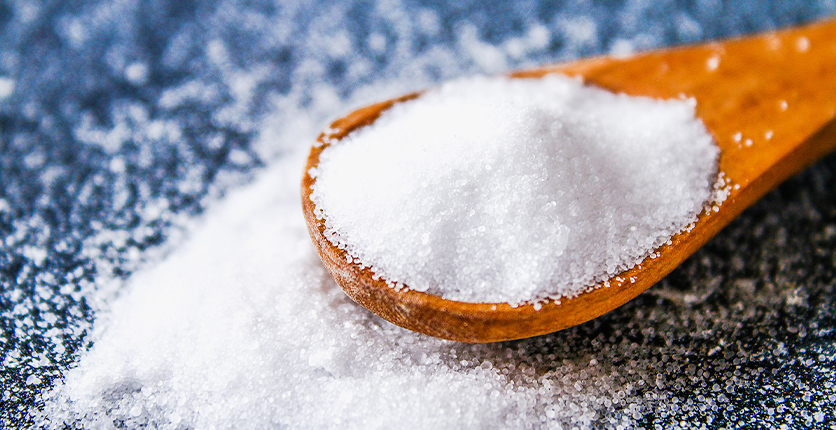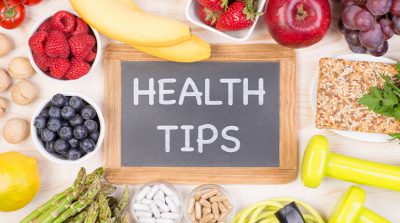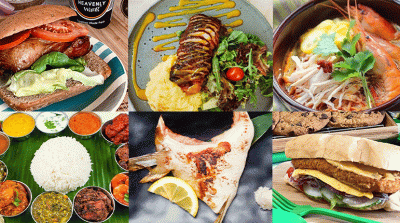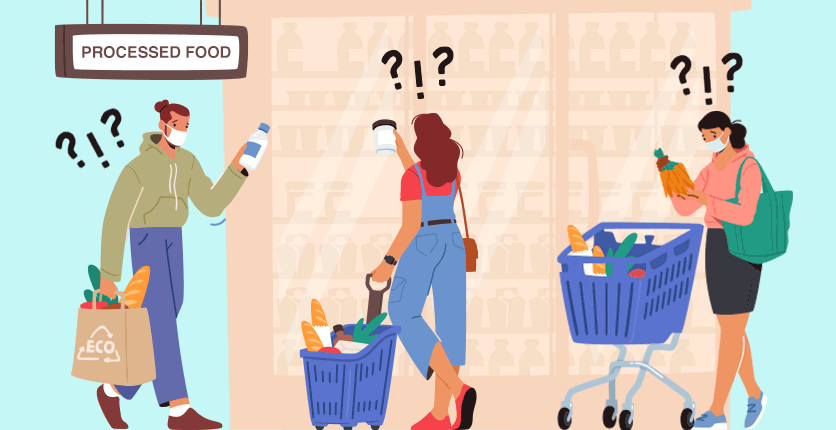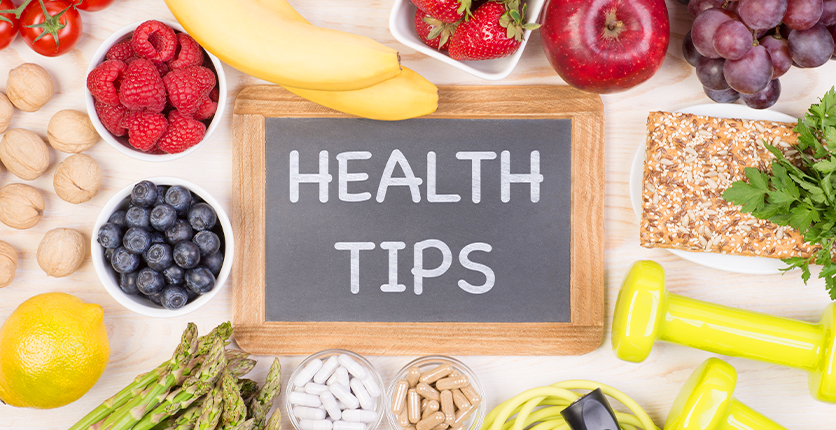Without sodium, we would have trouble functioning. This mineral, mostly consumed in the form of salt, is important for many bodily processes; however, if we have too much of it we increase our risk of serious health conditions like high blood pressure, which is a major risk factor for heart disease and stroke.
Most health authorities recommend no more than 2.3 g of sodium daily, but most of us consume way more than that. We asked Alicia Davenport, naturopath and nutritionist with Chi Tree Health, to talk about the role sodium plays in the body, how to tell which foods contain “hidden sodium”, and how to manage our sodium load after eating a salty meal.

Q: How important is sodium for our health?
Alicia: Sodium is an essential mineral and one of our major electrolytes, along with calcium, magnesium, potassium, phosphate and chloride. As an electrolyte, sodium works to balance fluid levels in the body and is needed for muscle contractions. It also helps with nerve signalling.
Additionally, as an essential mineral, sodium helps the body eliminate waste via the lymphatic system.
Minerals work best when they are balanced. Sodium plays a significant part in the body’s ability to retain or release water, so if your diet is very high in sodium, more water is lost through the kidneys. This can cause complications with balancing other electrolytes.

Q: What are the dangers of a high sodium intake?
Alicia: In the short term, it can cause water retention or even oedema (swelling caused by excess fluid trapped in your tissues). This means an increase in the excretion of calcium through the urine. Excess calcium loss can raise your risk of osteopenia (bone loss) or osteoporosis (weak, brittle bones) in the long term.
A high sodium intake also causes an imbalance of the sodium-potassium ratio. This may lead to high blood pressure in the long term.
On the flip side, a loss of sodium can lead to dehydration and thirst.
Genetically, some people have an increased risk of sodium sensitivity (or salt), linked to hypertension. This is particularly important for individuals who already have a diagnosis of hypertension or type 2 diabetes or who are overweight.

Q: What foods are deceptively high in sodium?
Alicia: “Hidden sodium” is the highly refined salt that food manufacturers add to their processed foods. These unsuspecting foods can be high in sodium even if they don’t taste salty, so it’s best to check the sodium content on the label first.
Some common sources of hidden sodium include canned foods like vegetables and soup, snack foods like crisps and pretzels, deli meats, condiments like sauces and dressings, breads and cereals.

Q: Will drinking extra water after a salty meal help “flush out” the excess sodium?
Alicia: When we eat too much salt, we feel thirsty and hopefully drink water. This helps to reduce the concentration of salt outside of your cells. If you consume too much salt in a meal, then more water is lost through the kidneys. This is the body’s protective mechanism against having too much salt and balancing sodium-potassium levels. Symptoms of having too much sodium in your diet may include bloating, lethargy, dehydration, weakness, irritability and muscle twitching.
If you’ve eaten too much salt, drink extra filtered water and take a mineral supplement of magnesium and potassium to help regain equilibrium. Include foods that are high in both magnesium and potassium, like Swiss chard, edamame (no salt added), spinach and avocado. Chlorophyll-rich foods are also cleansing for the body when we eat too much salt.

Q: Are some varieties of salt healthier than others?
Alicia: Where health benefits are considered, not all salt is the same. Himalayan salt contains a variety of trace minerals. In comparison, common table salt is heavily processed to contain mostly sodium chloride, usually along with other unhealthy ingredients like anti-caking agent, MSG and sugars, to name but a few.
Celtic sea salt is comparable to Himalayan salt in its health benefits. While Himalayan salt contains more potassium, Celtic sea salt has less sodium, and more calcium and magnesium.
Celtic and Himalayan salt have a milder salt flavour compared to sea salt varieties.

Q: What are some healthy ways to flavour our food without adding salt to it?
Alicia: Spice it up, with black pepper, onion powder, chilli, cumin, turmeric and coriander, for example. Or try coconut aminos, which makes a good alternative to soy sauce, as it has a similar colour and consistency. It has 90 mg of sodium per teaspoon, while traditional soy sauce has about 280 mg per teaspoon.
Note: Please consult your GP or physician before starting on a new diet plan.
Want more articles like this, and other lifestyle content right in your inbox? Sign up for the eNSman Newsletter – you don’t need to be a SAFRA member to subscribe – and never miss another story!
